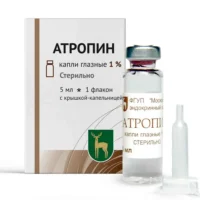Description
Spazmil-M (metamizole, pitophenone) Tablets
Ingredients
Active ingredients: Each tablet contains metamizole sodium and pitophenone hydrochloride.
Dosage
Dosage: The usual dose is 1-2 tablets taken orally 2-3 times a day. Do not exceed the recommended dosage.
Indications
Indications: Spazmil-M tablets are indicated for the relief of moderate to severe pain and spasm associated with conditions such as renal colic, biliary colic, and dysmenorrhea.
Contraindications
Contraindications: Do not use in patients with a history of hypersensitivity to metamizole, pitophenone, or other pyrazolones. Avoid use in patients with certain blood disorders.
Directions
Directions: Swallow the tablets whole with a full glass of water. Do not crush or chew the tablets. Follow the instructions provided by your healthcare provider.
Scientific Evidence
Spazmil-M (metamizole, pitophenone) tablets have been studied in clinical trials for their efficacy in pain relief and spasm management. Research has shown that the combination of metamizole and pitophenone provides synergistic effects in alleviating pain and reducing spasms.
Metamizole is a non-opioid analgesic with antipyretic properties, while pitophenone is a spasmolytic agent that acts on smooth muscle. Together, they offer a comprehensive approach to managing pain and spasm, making Spazmil-M an effective treatment option for various conditions.
Additional Information
- Storage: Store at room temperature away from moisture and heat.
- Side Effects: Common side effects may include nausea, dizziness, or allergic reactions. Consult your doctor if any adverse reactions occur.





